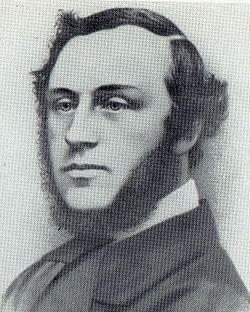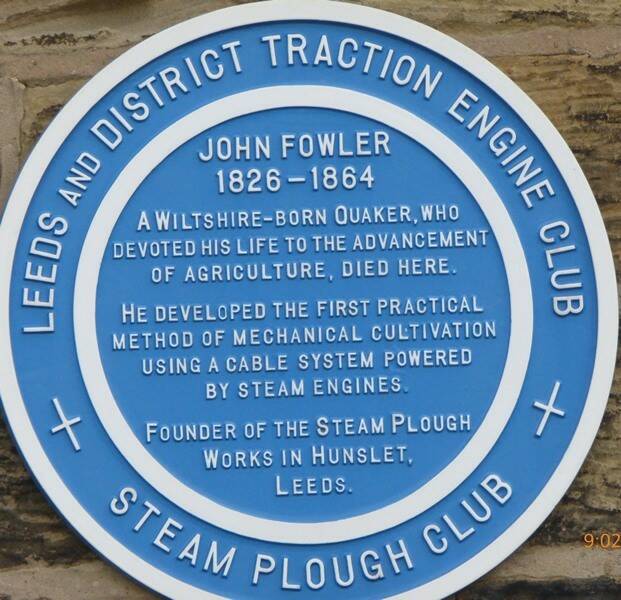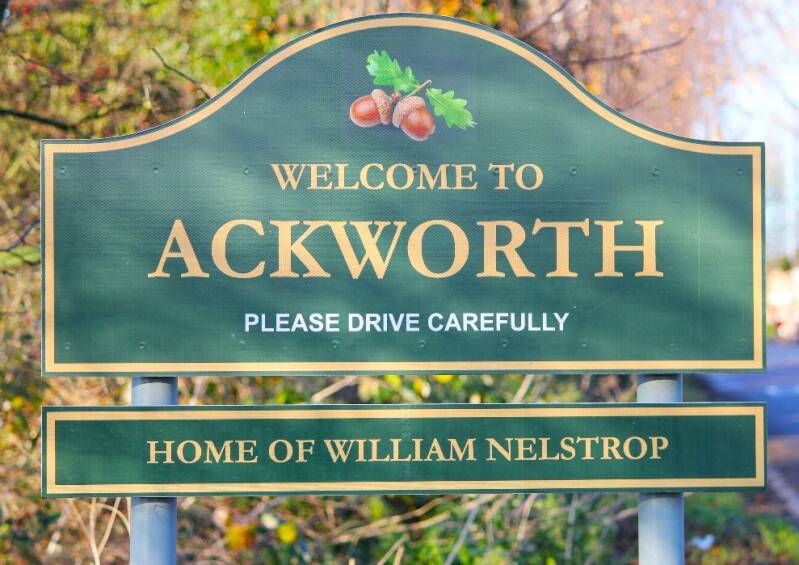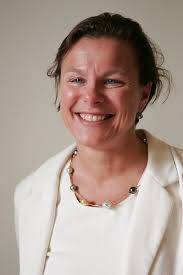Ackworth's Famous People
Contents:
John Gully - prize fighter
Mary Lowther - founder of the Alms Houses
Luke Howard - the namer of clouds
John Fowler - founder of the steam plough
William Nelstrop - award winning flour miller
Dorothy Squires - singer
David Copperfield - comedian
Dr Fiona Wood - Australia's most respected plastic surgeon & burns specialist



John Gully - prize fighter
John Gully was born on 21st August 1783 at the Crown Inn, Wick, near Bath, the son of an innkeeper who became a butcher in Bath shortly after John's birth. Gully worked for his father and inherited the business on his father's death. In 1805 the business failed and as a result, Gully was imprisoned for debt.
Gully was visited in prison by a friend, Henry Pearce, a well-known prize fighter. An informal match was arranged between them, which took place in the prison; as a result, Gully's debts were settled.
After a spate of prize fighting, he retired from the ring in 1808, and took to horse-racing and winning large amounts of money.
Having bought Ackworth Park he became an MP for the Pontefract Constituency from December 1832 to July 1837.
In 1862 he purchased the Wingate Grange estate and collieries. A street in Wingate, County Durham is named after him.
Gully died at Durham on 9 March 1863 aged 79. His body was returned to Ackworth where he was interred with his daughter in a family plot outside St Cuthberts Church grounds.

John Gully in his older days, as he would have looked as the Master of Ackworth Park.

Here he is in the middle of a bout in 1808 near Woburn.
It was boxing that got him out of debtors prison and he rose to be champion.
Mary Lowther - Alms houses

Mary Lowther lived at Ackworth Park prior to John Gully. The Ackworth Alms Houses were founded in the 1741 by Mary Lowther as almshouses and a school for the "poor, elderly and children of Ackworth", the building fell into disrepair and then was severely damaged by fire in the 1970s. The building has now been restored and provides six dwellings with modern facilities for elderly people.


Luke Howard - the namer of clouds
Luke Howard was born in London on 28 November 1772, the eldest son of Robert Howard and his wife Elizabeth, Robert Howard was a lamp manufacturer. Luke was a Quaker, later converting to the Plymouth Brethren. He was educated at a Quaker school at Burford, in Oxfordshire and was then apprenticed to a retail chemist in Stockport, just outside Manchester. He set up his own pharmacy in Fleet Street in 1793. In approximately 1797, he went into partnership with William Allen to form the pharmaceutical company of Allen and Howard in London. He spent the years 1824 to 1852 in Ackworth, Yorkshire, and died in Tottenham in 1864.
He made a number of significant contributions to the subject of meteorology, but Luke is most famous for NAMING the CLOUDS using Latin and published...
“On the modification of clouds” 1802 which introduced three basic cloud types:
- Cirrus (Latin for a curl of hair), which he described as “parallel, flexuous, or diverging fibres, extensible in any or all directions”.
- Cumulus (meaning heap), which he described as “convex or conical heaps, increasing upward from a horizontal base”.
- Stratus (meaning something spread), which he described as “a widely extended, continuous, horizontal sheet, increasing from below”.
He combined these names to form four more cloud types:
- Cirro-cumulus, which he described as “small, well-defined roundish masses, in close horizontal arrangement”.
- Cirro-stratus, which he described as “horizontal or slightly inclined masses, attenuated towards a part or the whole of their circumference, bent downward, or undulated, separate, or in groups consisting of small clouds having these characters”.
- Cumulostratus, which he described as “the cirrostratus blended with the cumulus, and either appearing intermixed with the heaps of the latter, or super-adding a widespread structure to its base”.
- Cumulo-cirro-stratus or Nimbus, which he called the rain cloud, “a cloud or system of clouds from which rain is falling”. He described it as “a horizontal sheet, above which the cirrus spreads, while the cumulus enters it laterally and from beneath”.




John Fowler - founder of the steam plough
John Fowler was born into a wealthy Quaker family and after initially following his father’s wishes in becoming a corn merchant he soon decided to go his own way and become an engineer. Fowler joined railway manufacturers Gilkes Wilson & Co of Middlesbrough.
In 1862, John Fowler formed a partnership with the firm of Kitson and Hewitson of Leeds and they founded Hewitson and Fowler based at Hunslet, Leeds. After the death of Hewitson, the firm became ‘John Fowler and Company‘. Fowler’s ploughing sets were sold all over the world and were responsible for bringing land into production that was previously unable to be cultivated.
Fowler had worked so hard in developing his ideas that he had undermined his health. He was advised to take more rest and so he retired to Ackworth in Yorkshire, to recuperate. He was persuaded to take up hunting as a way of getting exercise and whilst out with the hunt he had a fall and sustained a compound fracture of his arm. Whilst recovering from this mishap, he developed tetanus and died on 4 December 1864, in Ackworth, Yorkshire, at age 38 only.

William Nelstrop - award winning flour miller
Born in 1801, William Nelstrop grew up on the family farm and mill in High Ackworth, Yorkshire. In 1820, aged 19 he crossed the Pennines and set up a corn dealing business in Stockport, Cheshire where the mill still stands today.
The mill was steam powered and the flour delivered in sacks by horse and cart.
Today the Nelstrop family still produce award winning flour. https://www.nelstrop.co.uk/history/



The following information, portrait and photo of his grave at St Cuthbert's Church, were provided by Amanda Cook...
He controversially turned down a knighthood from Queen Victoria as he felt sympathy for the workers whom he had helped to suppress during the corn law riots. He continued living in Ackworth even whilst mayor of Stockport and is buried in St Cuthbert’s.




Dorothy Squires - singer
25 March 1915 – 14 April 1998
Hit singles:
- "I'm walking behind you" (1953) – UK Number 12
- "Say It With Flowers" (1961) – UK Number 23
- "For once in my life" (1969) – UK Number 24
- "Till" (1970) – UK Number 25
- "My way" (1970) – UK Number 25
Squires met the actor Roger Moore at one of her parties at her mansion in Kent. Moore, who was 12 years her junior, later became her husband when they married on 6 July 1953. She introduced him to various people in the Hollywood film industry. As his career took off, hers started to slide. Their marriage lasted until 1961, when Moore left her and they divorced in 1969.
She lived in her friends house at the top of Mill Lane in Ackworth for a few years during which time Roger Moore visited her on several occasions.

David Copperfield - comedian
David Copperfield born Stanley Barlow in Doncaster in 1947, appeared on several TV shows before his best known role in Three of a Kind, a British comedy sketch show in which he starred alongside comedians Tracey Ullman and Lenny Henry. Three series were made by the BBC between 1981 and 1983. After that, Copperfield worked on his own shows, Coppers & Co and Copperfield Comedy Company. Around this time he lived at Moortop Lodge on Wakefield Road, Ackworth.


Dr Fiona Wood - plastic surgeon and burns specialist



Early life and education
Fiona Wood was born in Yorkshire, England, on 2 February 1958, the third of four children. Her father Geoff was a miner and her mother Elsie was a physical education teacher. Growing up in relative poverty, Wood's parents pushed their children to get a better education – with her mother transferring to a Quaker school to improve the children's educational opportunities. Wood attended Ackworth School near Pontefract, West Yorkshire. She was athletic as a child and hoped for a career as an Olympic sprinter. In 1978, she was one of twelve women admitted to the St Thomas's Hospital Medical School in London, graduating from there with a Bachelor of Medicine, Bachelor of Surgery in 1981.
- Member of the Order of Australia (2003): Awarded for her crucial work treating the survivors of the Bali bombings.
-
Australian of the Year (2005): Recognized for her outstanding contributions to medicine and her leadership in burns care, especially after the Bali bombings.
-
Co-developer of spray-on skin technology: Her research team developed innovative ReCell kits that enable spraying skin cells onto burn wounds, transforming treatment outcomes.
-
Pioneering burns specialist: Dr. Wood leads efforts to improve the long-term recovery and outcomes for burn survivors, focusing on physical, psychological, and social impacts.
-
Australian Living Treasure: Named one of Australia's Living Treasures for her remarkable career and humanitarian efforts.
(Information from Wikipedia and Google AI)